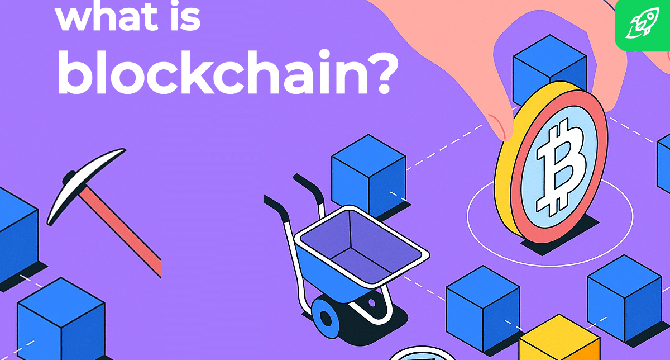Changelly
2M
289

Image Credit: Changelly
Blockchain Explained: What It Is, How It Works and Why We Need It
- Blockchain is a decentralized digital ledger that records data across multiple computers, ensuring transparency and security by making data tamper-resistant.
- It consists of blocks containing verified transactions linked in a chronological chain, with two main types of blockchains: public (open to all) and private (restricted participation).
- Blockchain eliminates the need for intermediaries by enabling secure asset exchange and automating workflows through consensus algorithms and smart contracts.
- Traditional databases rely on centralized control, unlike blockchain, which distributes control across network participants for enhanced security and transparency.
- Key blockchain components include blocks (with verified transactions and cryptographic hashes), nodes, and networks (peer-to-peer structure for data sharing and transaction confirmation).
- Blockchain's core features include decentralization, immutability (data cannot be altered), and transparency (open transaction history for all participants).
- The blockchain process involves transaction initiation, network-wide verification, block creation, chain addition, and ledger update across all network nodes for consistency.
- Blockchain types include public (open to everyone, like Bitcoin) and private (permissioned access, ideal for business solutions), along with consortium and hybrid models for collaboration and flexibility.
- Consensus mechanisms like Proof-of-Work and Proof-of-Stake ensure blockchain security and agreement among nodes, with each mechanism having its benefits and trade-offs.
- Blockchain protocols like Ethereum and Hyperledger Fabric define network operations, supporting diverse applications from cryptocurrencies to enterprise solutions with smart contracts.
Read Full Article
17 Likes
For uninterrupted reading, download the app